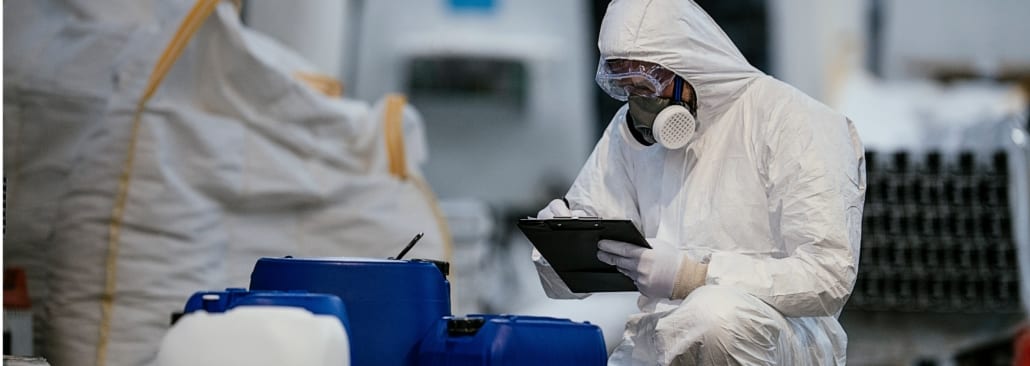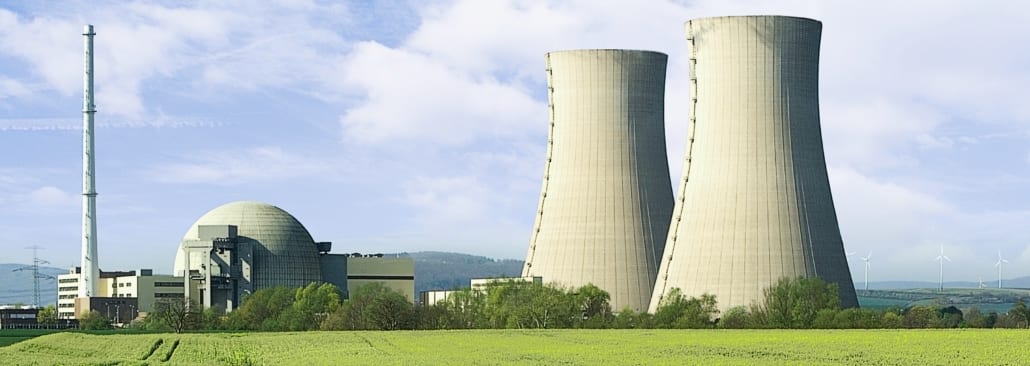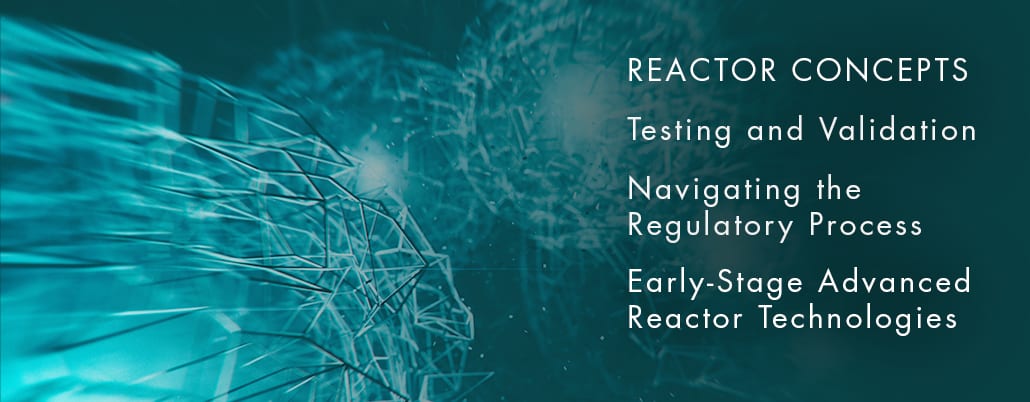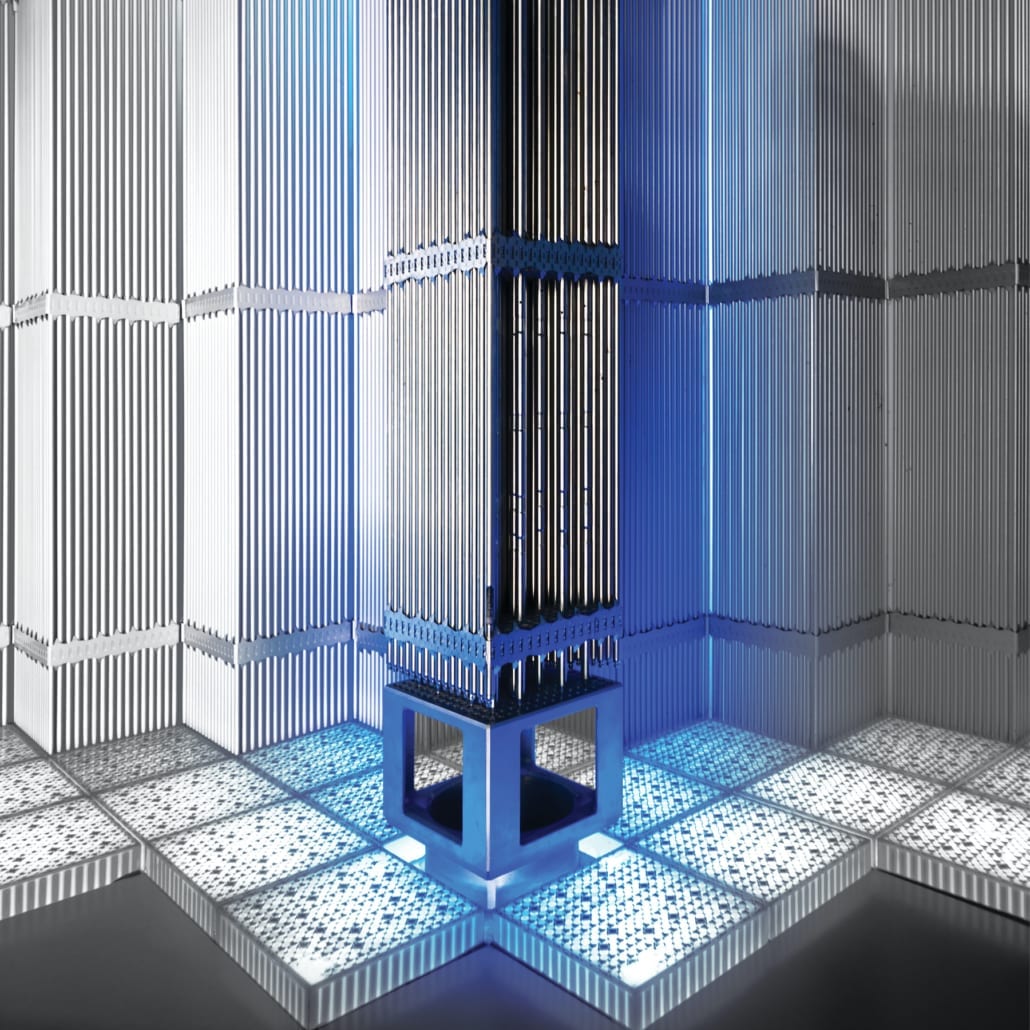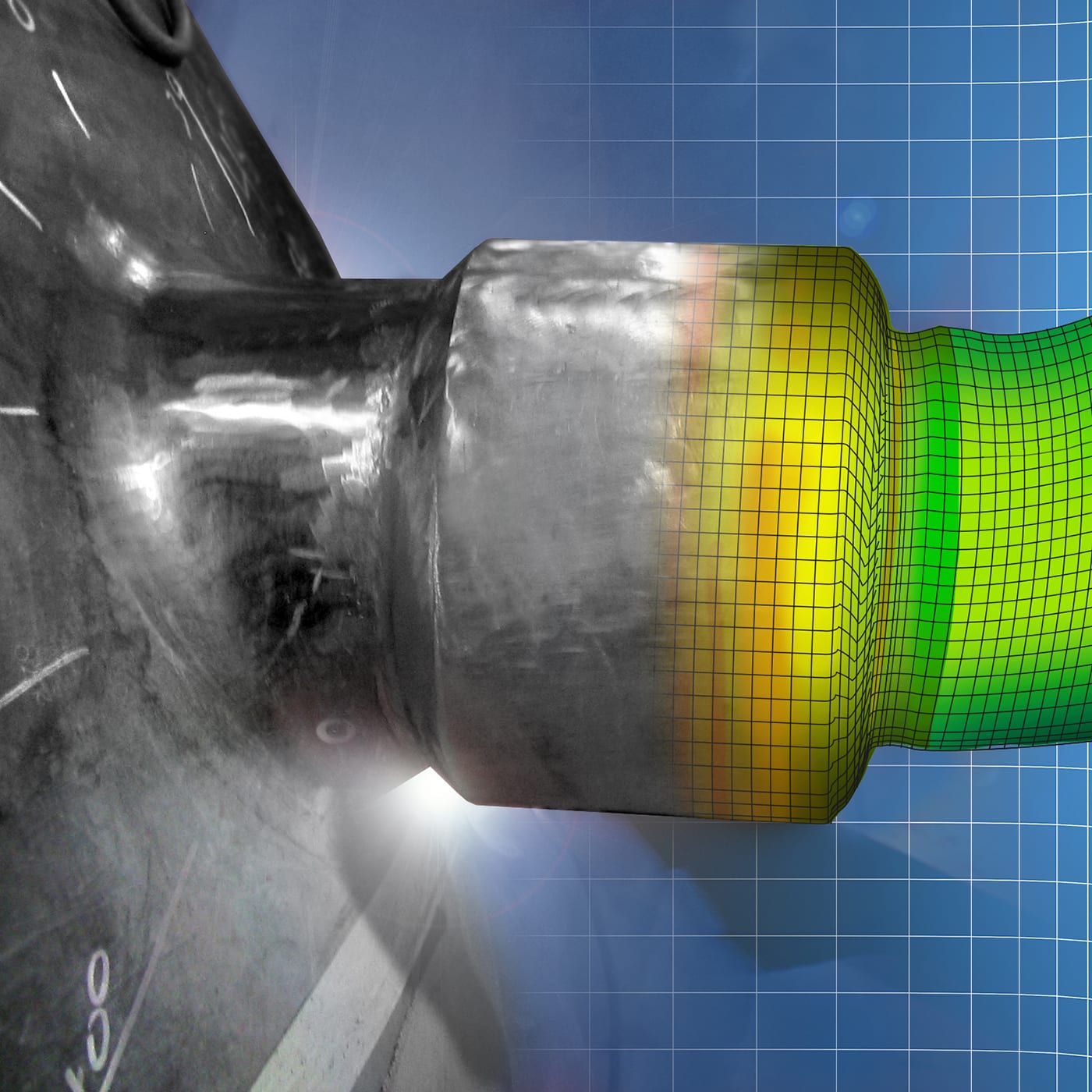FUEL TECHNOLOGY
Nuclear fuel consulting and fuel performance evaluation services. Industry leader in fuel performance consulting for both new and existing plant designs.
ASSET INTEGRITY
Deep domain experts with experience delivering consulting, engineering, and field services to enhance and maintain reliable plant operation.
CHEMISTRY & MATERIALS
Design, development, operation, and assessment of water chemistry systems for nuclear plants and other industrial water processes.


